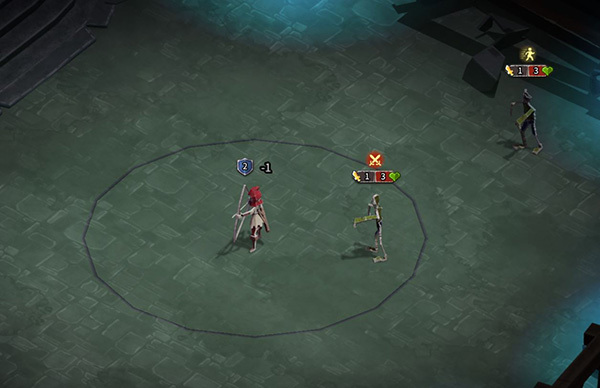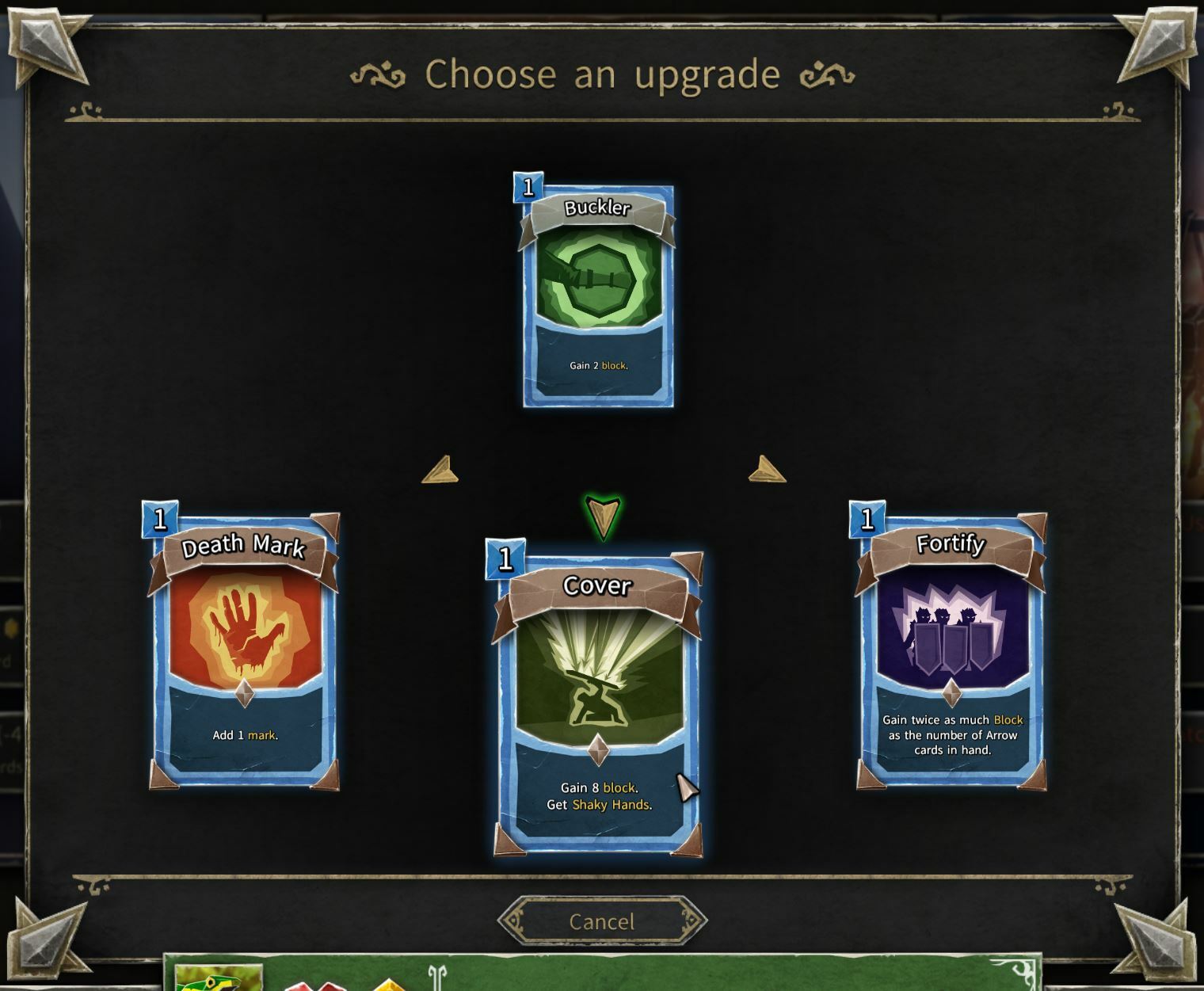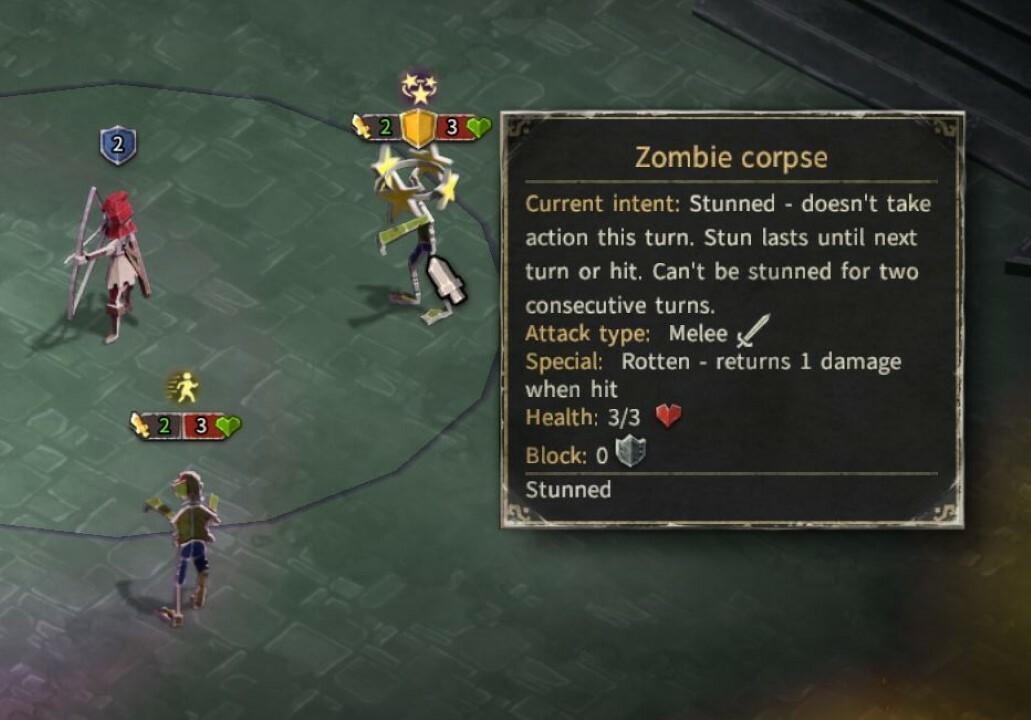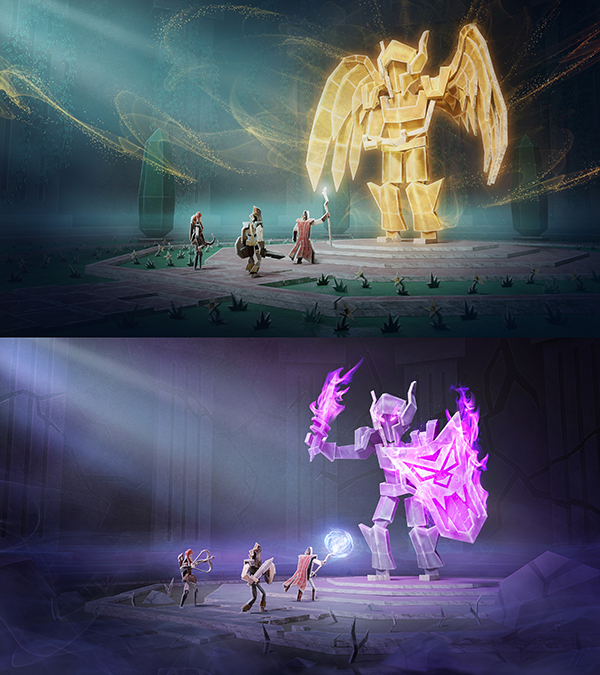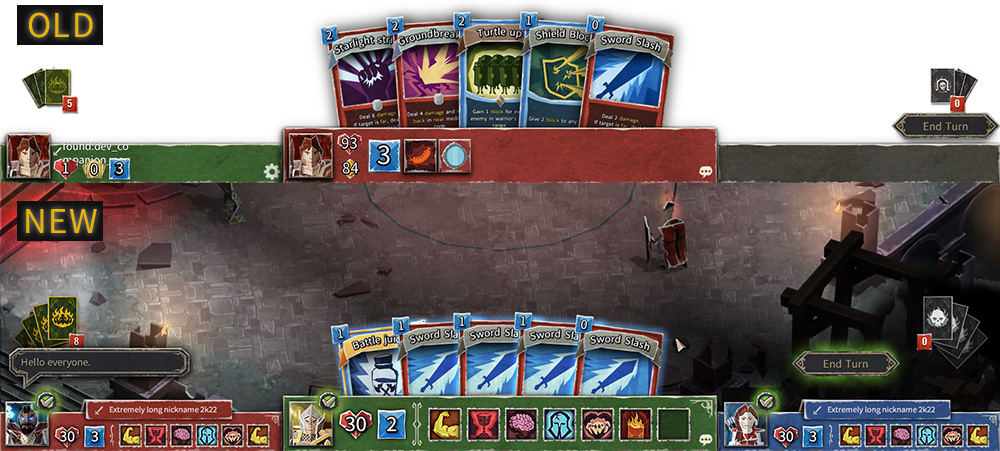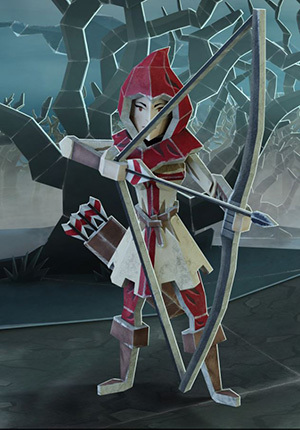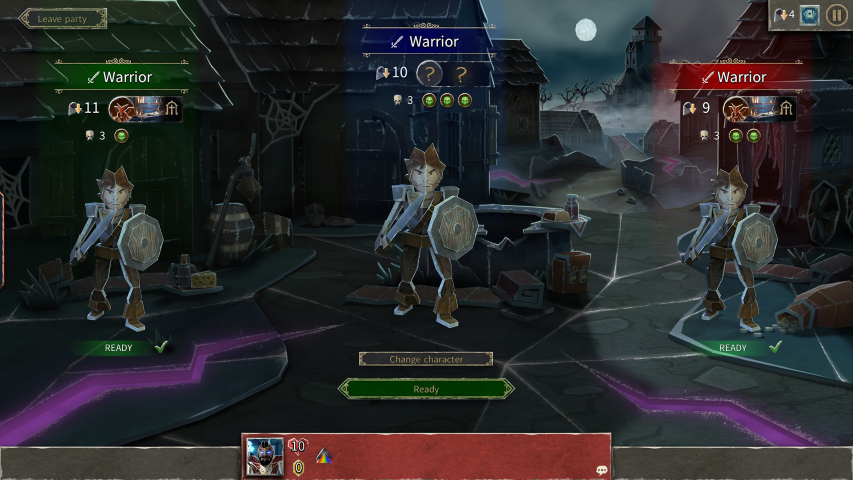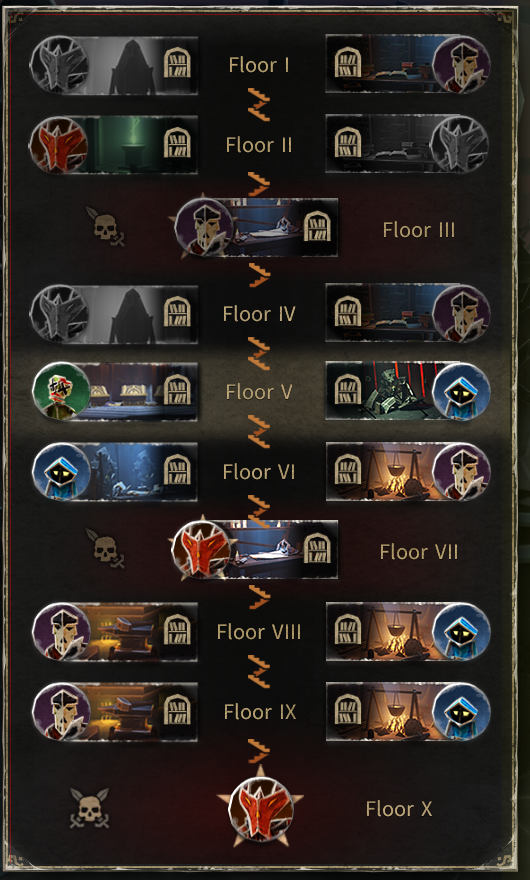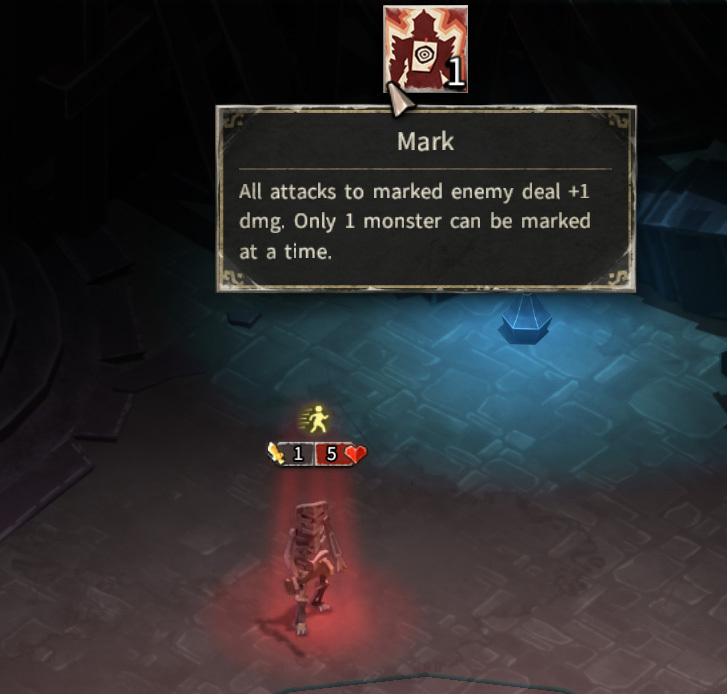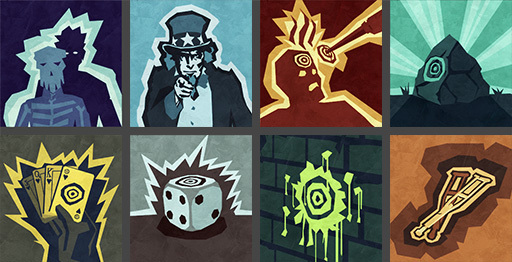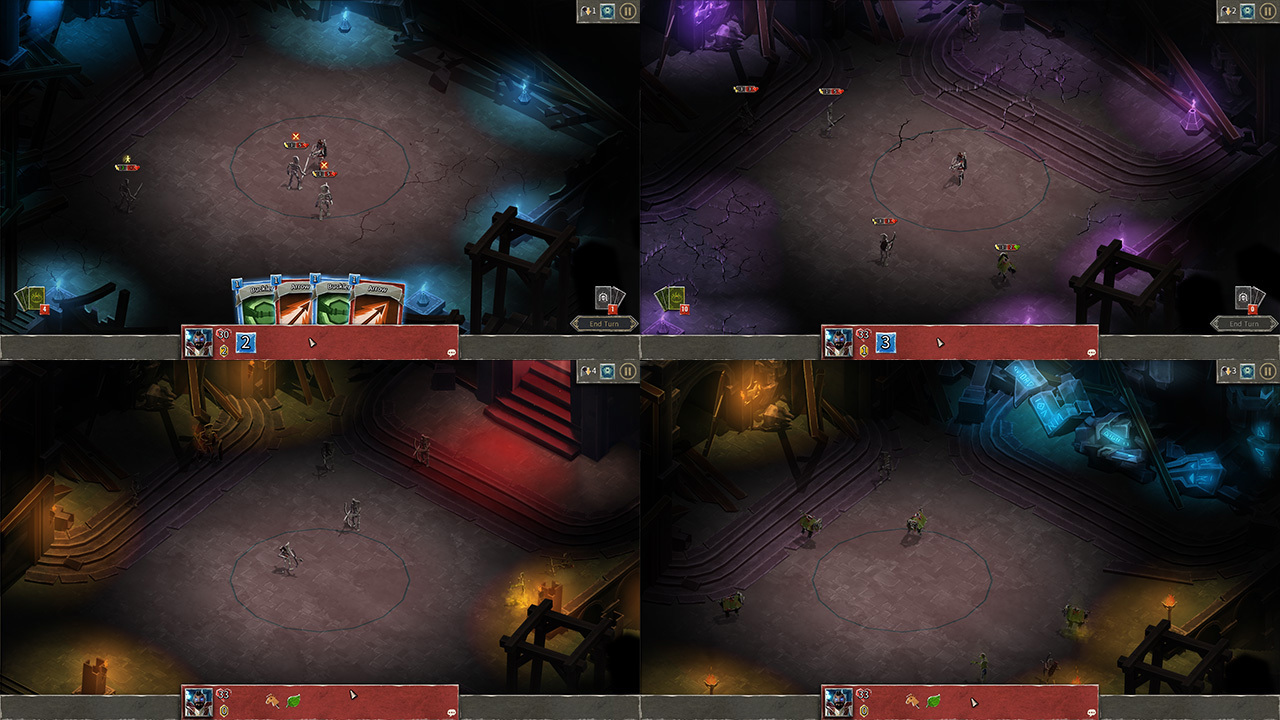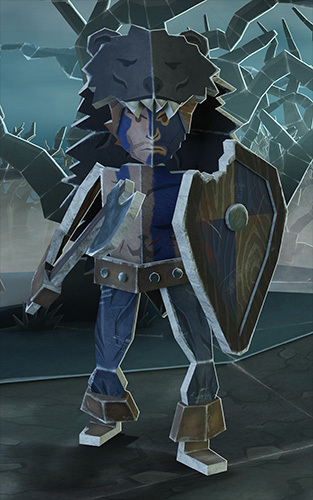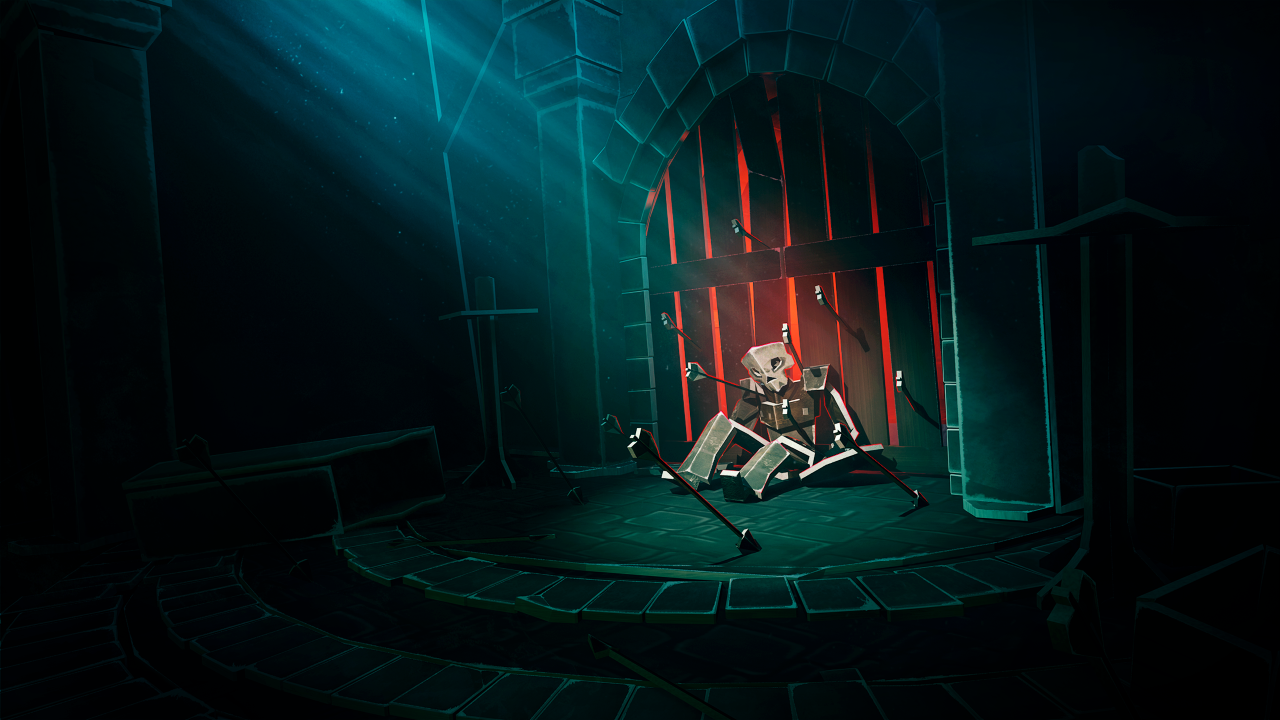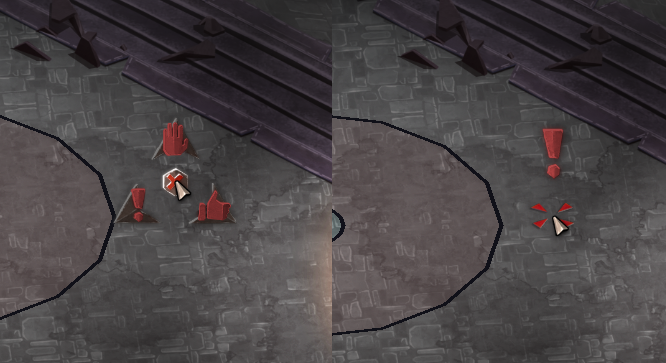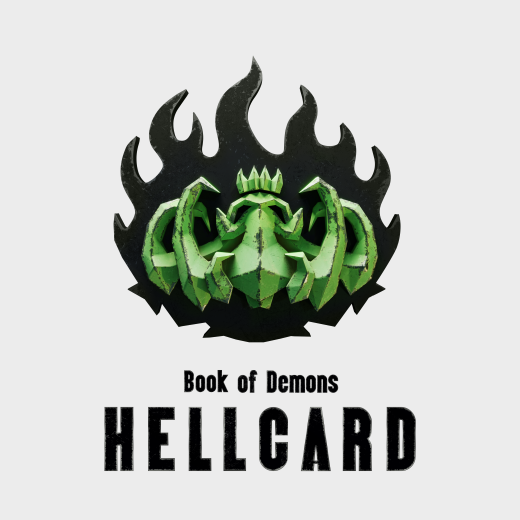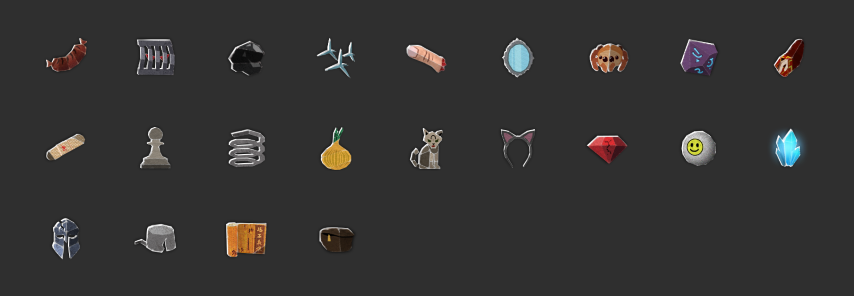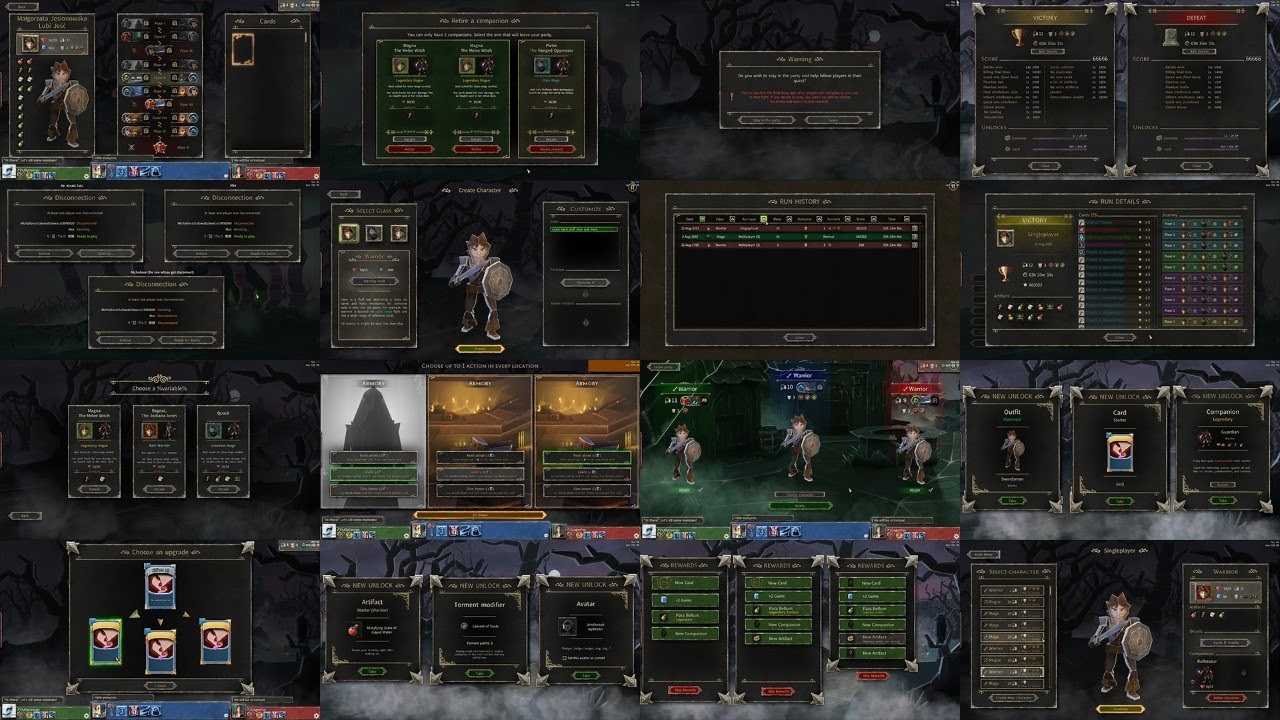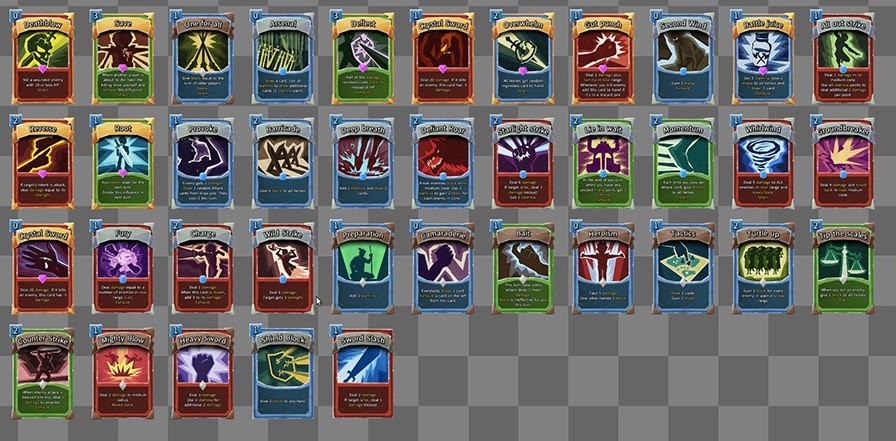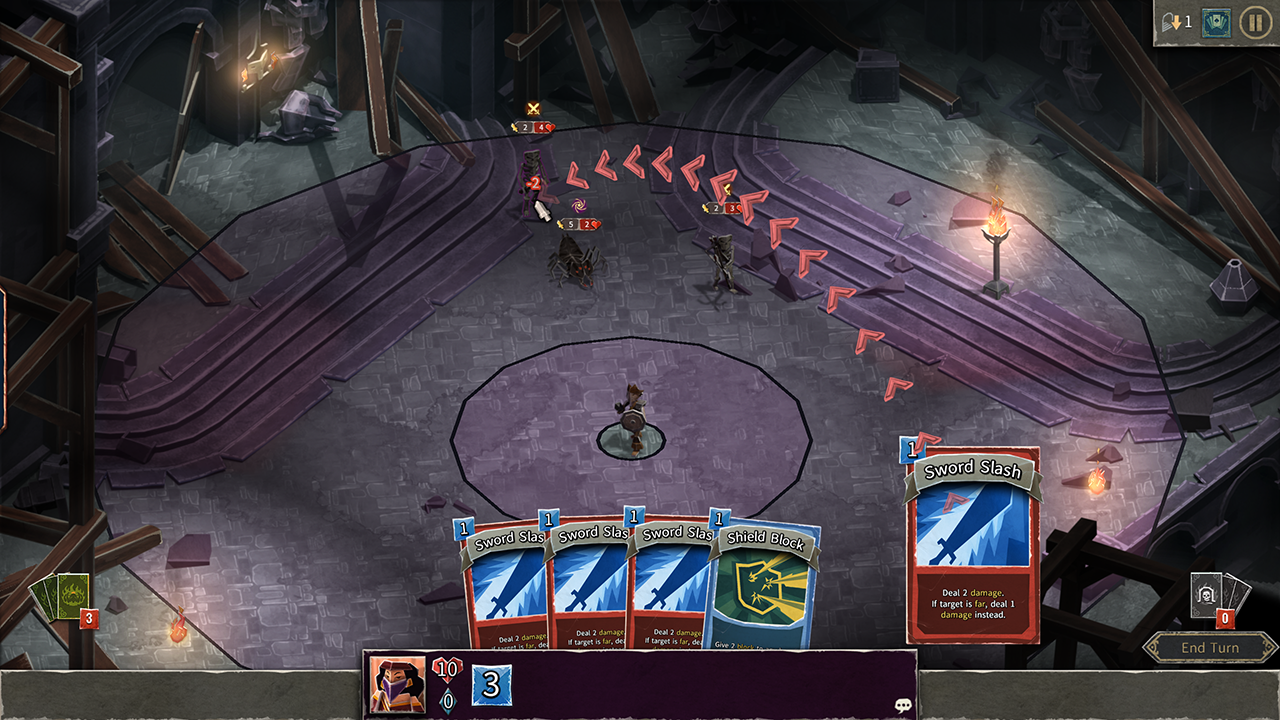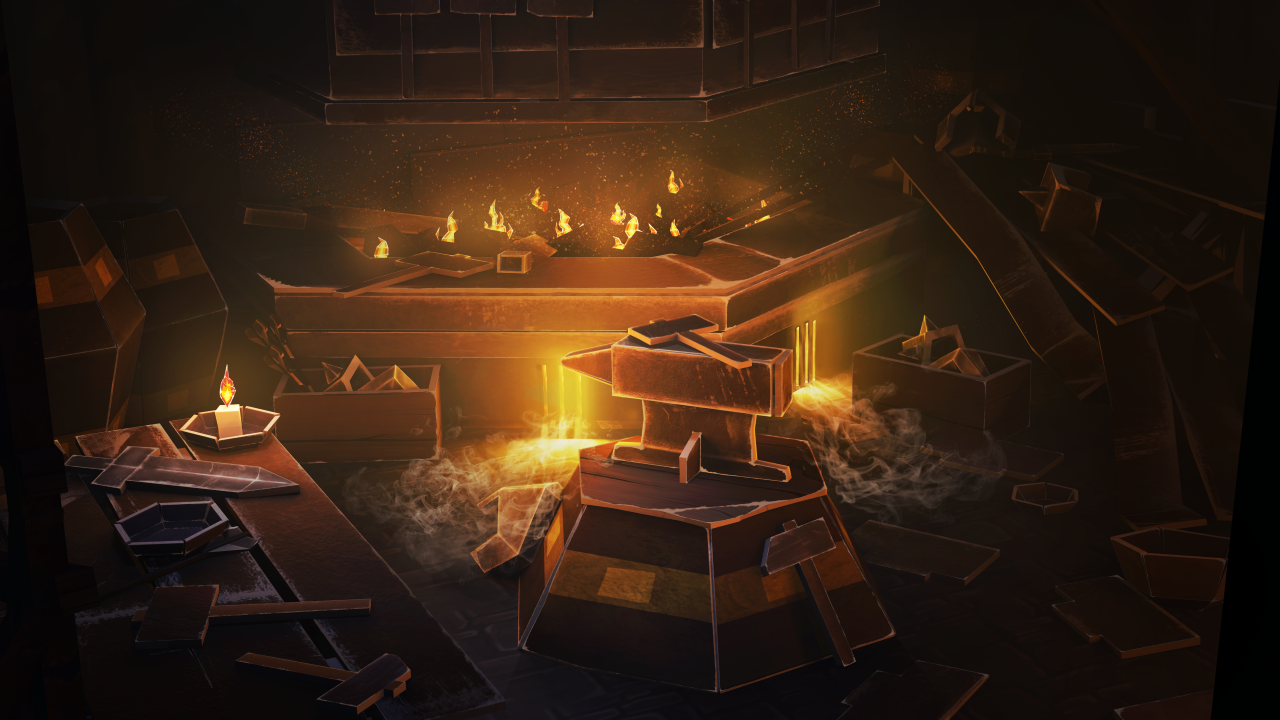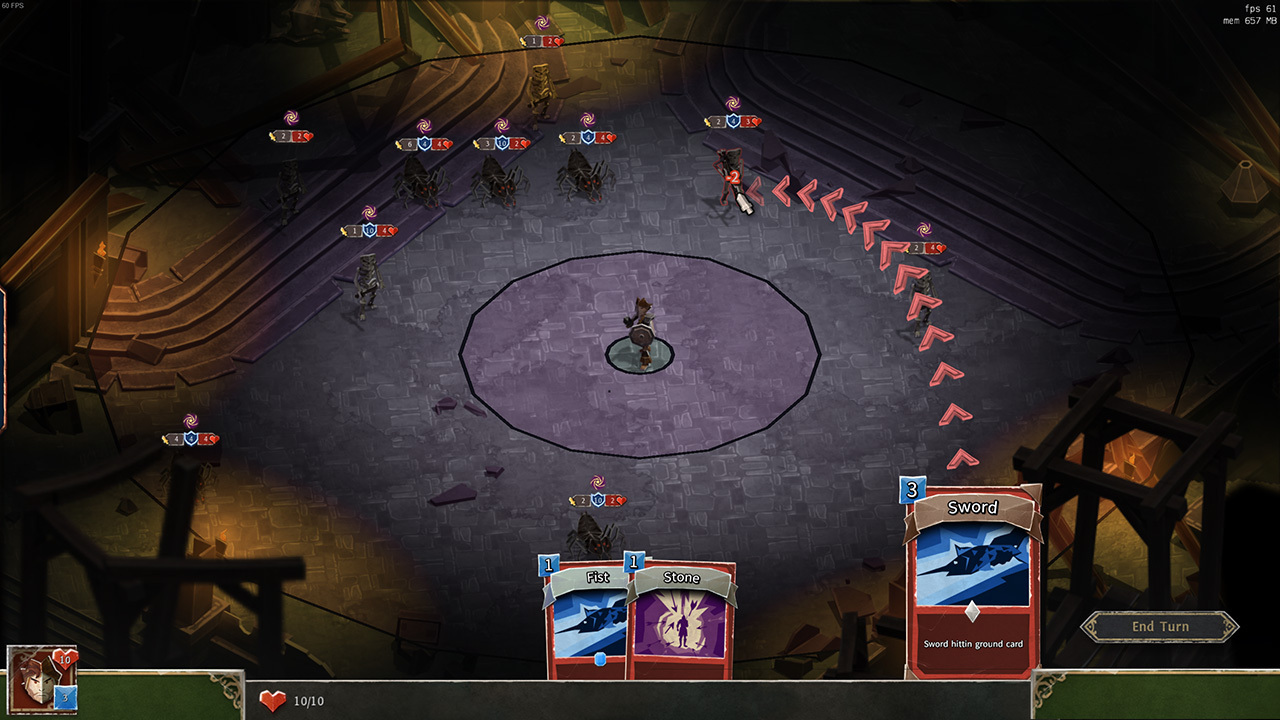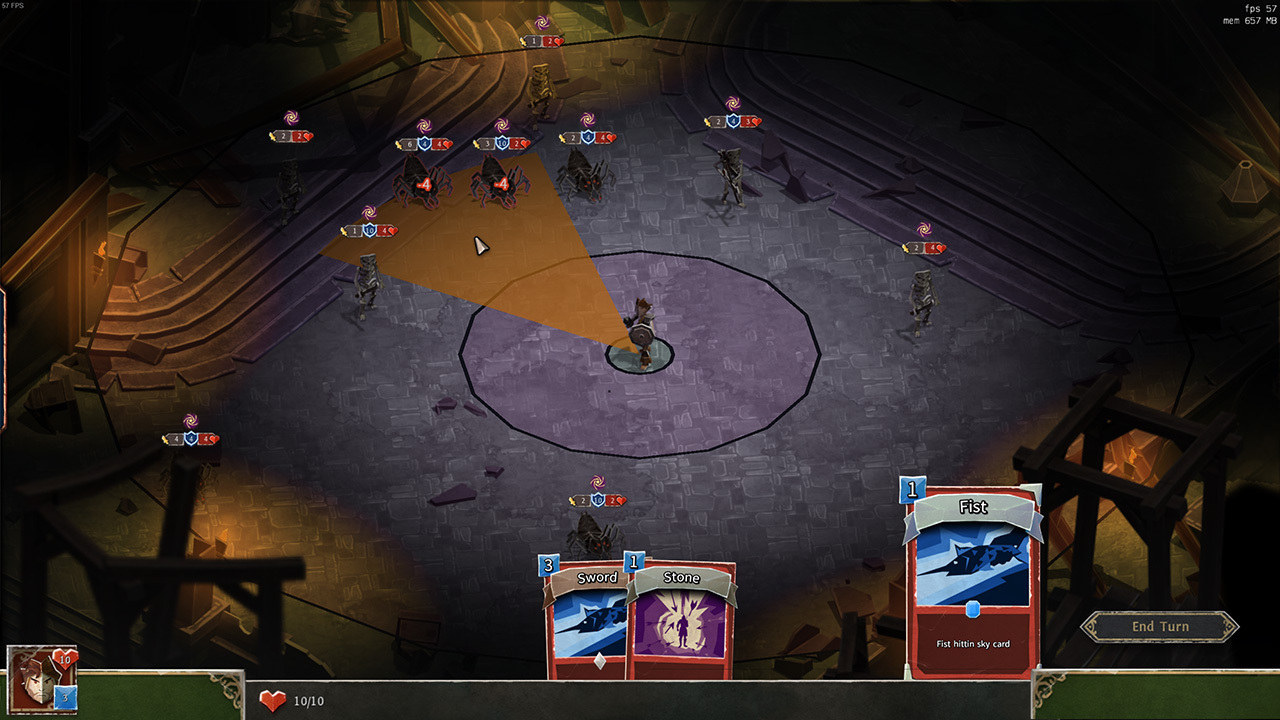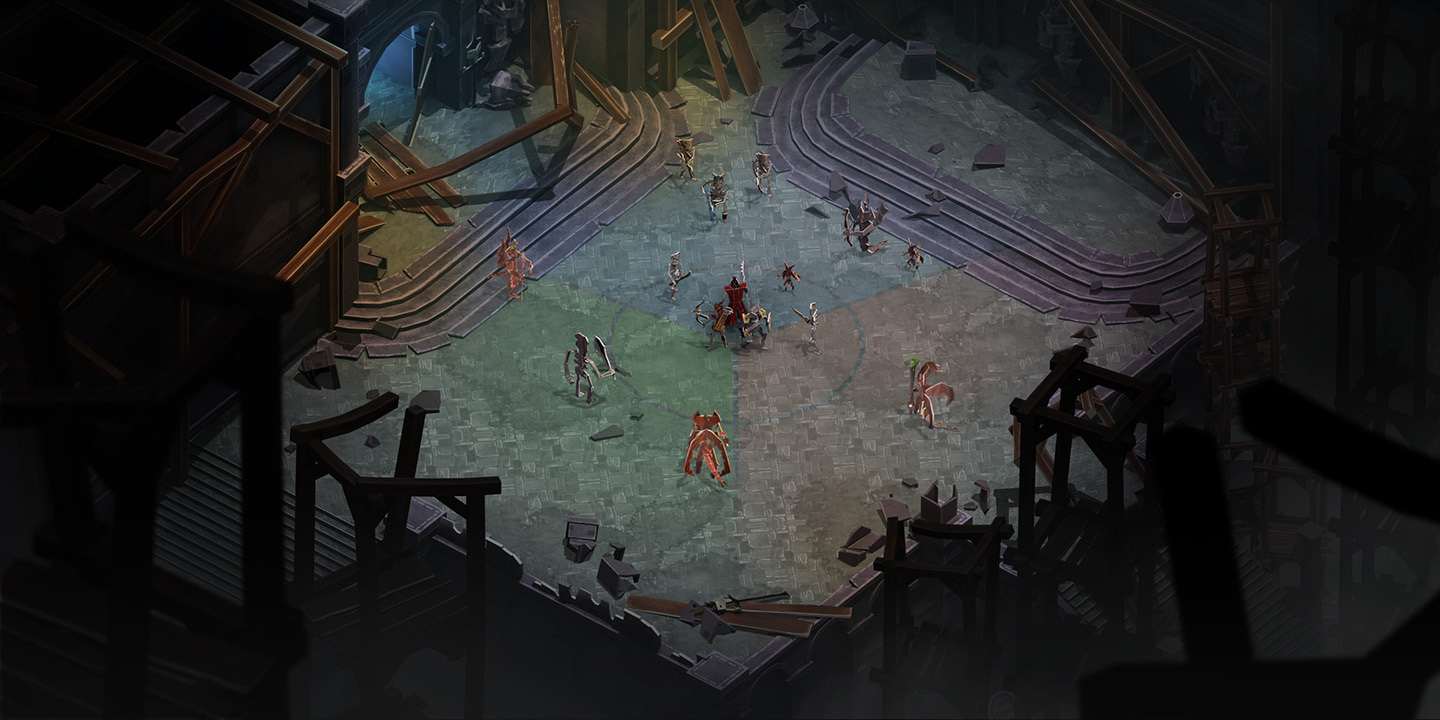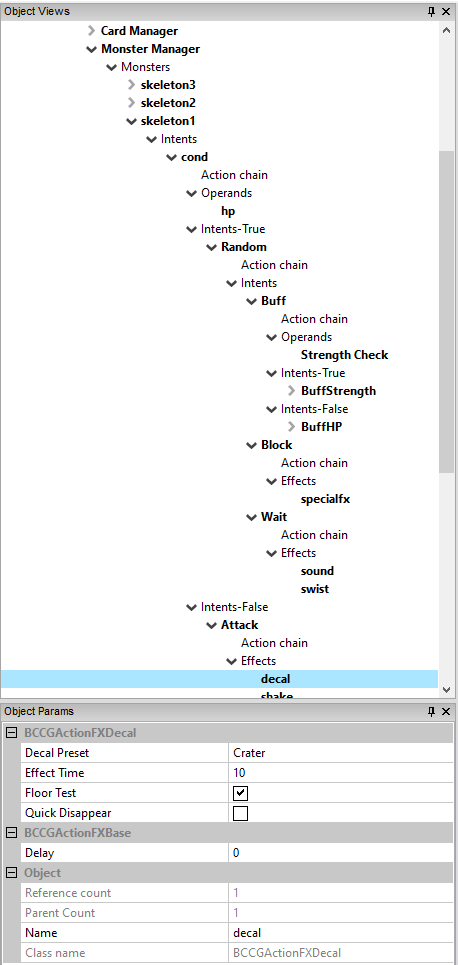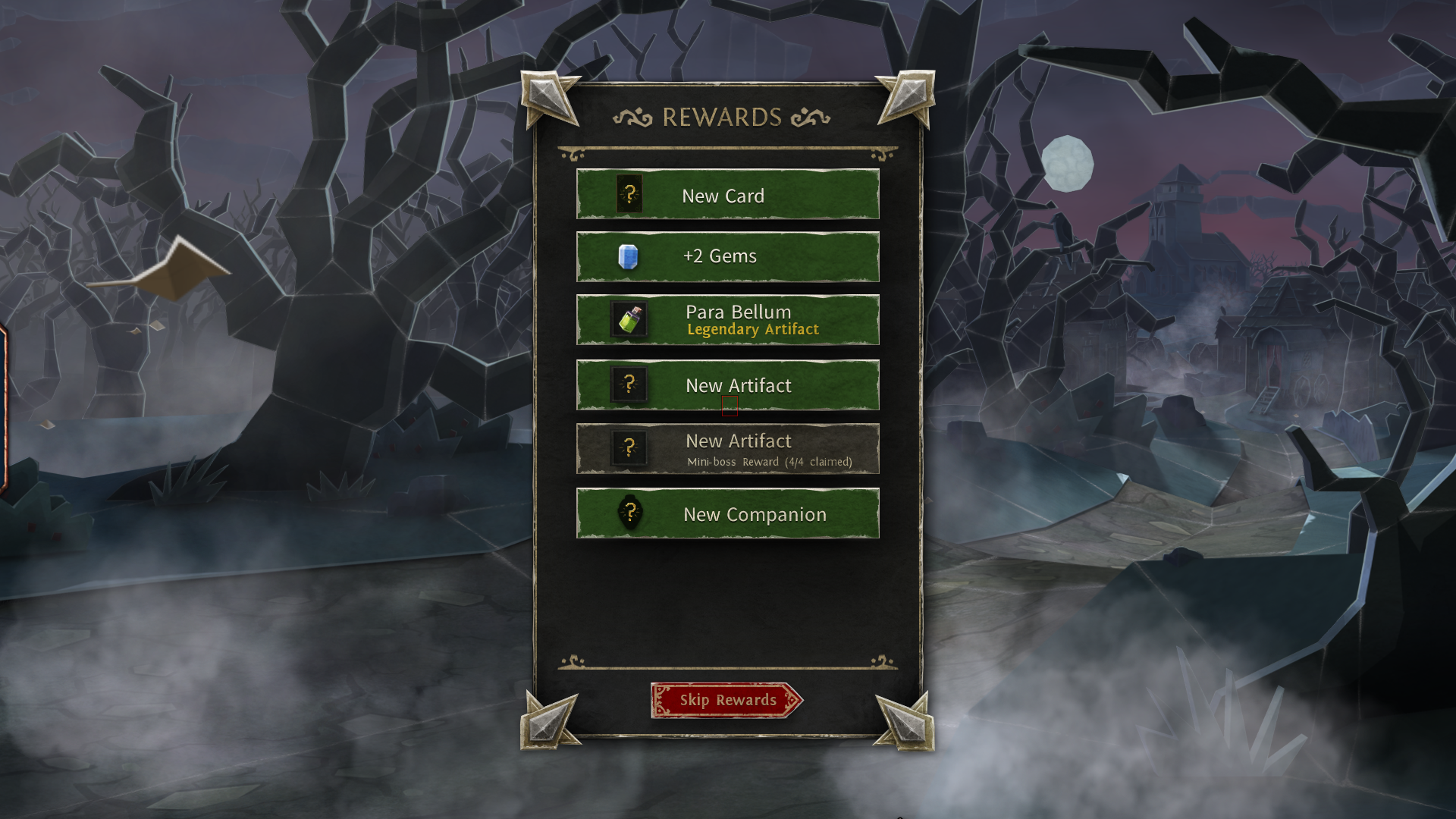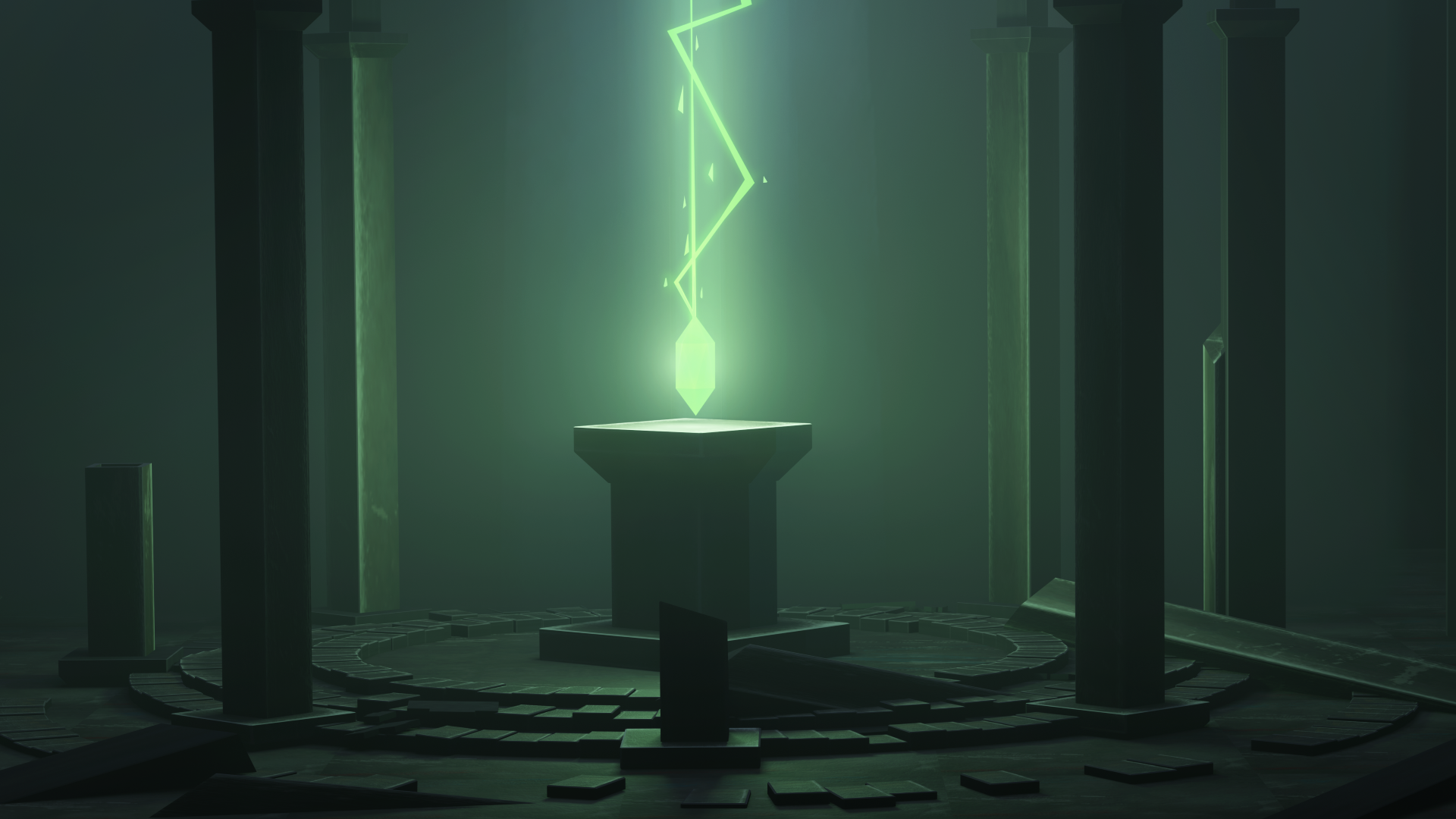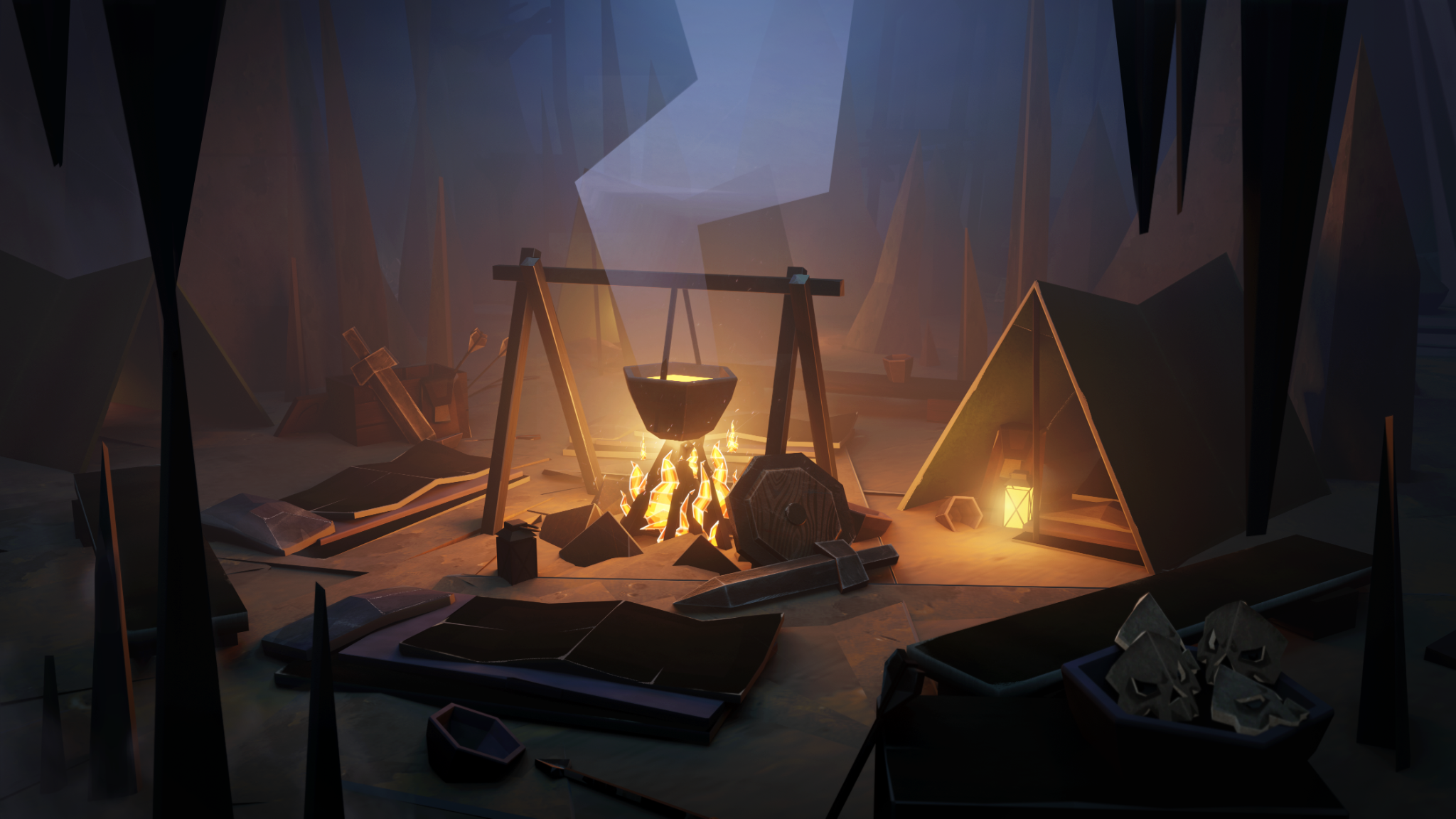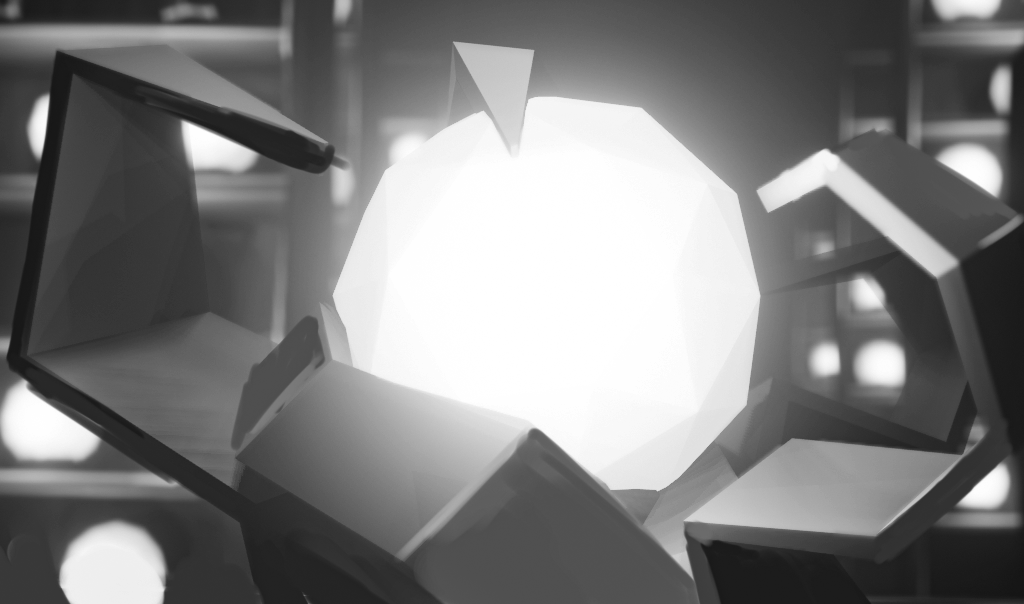
Jun 30, 2022
HELLCARD - Konstanty
GAMEPLAY
With all crucial systems implemented we can move our focus to general polish and quality of life features. Monster Missile
Monsters now use visual projectiles when attacking heroes. Sounds obvious, but until now we didn’t need visual attack indicators. With arrows and magic bolts flying, the game is much more readable and, obviously, looks much better!Card parameters
We improved the card rendering and logic so those card descriptions could include values dynamically sourced from the game’s data. This means that cards’ stats can be changed quickly in the data files and the card descriptions will change automatically. It also means that some values in the card descriptions can now be calculated by the game (for instance the final damage value when it depends on the number of monsters present or other not fixed conditions). Card and keywords tooltips
Now when the card description contains certain keywords or names of other cards there will be an automatic tooltip displayed for that card. This is especially convenient when one card refers to another card – you can quickly check its description and icon, and see if it fits your build. CARDS
We continue implementing new cards – right on the schedule. Below you can see a few examples. Some might look more familiar than others, especially for those of you who played the prototype: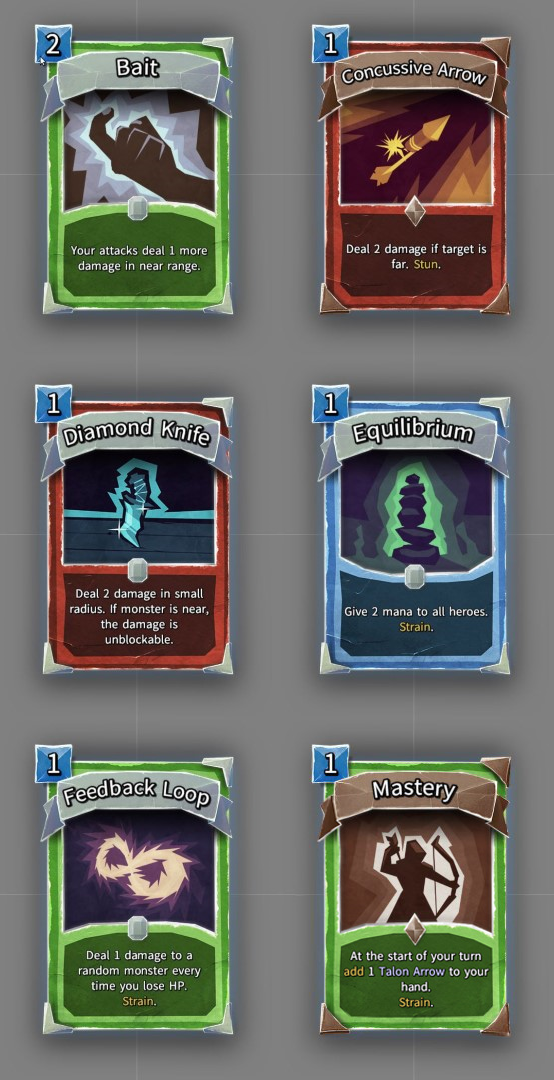
ARTIFACTS
The same goes for the artifacts. Among those added this month are: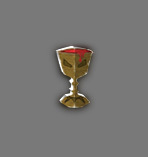
Bloody grail – A random player gets a Healing Blood card at the beginning of the battle.
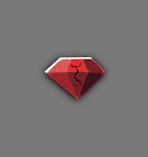
Flawed ruby – Start each battle with zero mana on the first turn and one extra mana point on later turns.
MONSTER FEATURES
In order to level the playing field, the monsters have to evolve as well. This month some of them gained the following traits:Explosive – When killed in the near range deals damage equal to its strength to all characters.
Vampiric – Gains strength equal to unblocked damage dealt.
As you can see some monsters will have to be approached more carefully than others and no single build will be universal.
Design
GAME’S INTRO
Work on the game’s intro continues. Our plan for the intro sequence is to feature illustrations done for a few selected cards. That way we can have nice transitions between them and tie icons to real-life (well, game-life) events! This month we focused on the Heavy Sword card and you can see the results here:
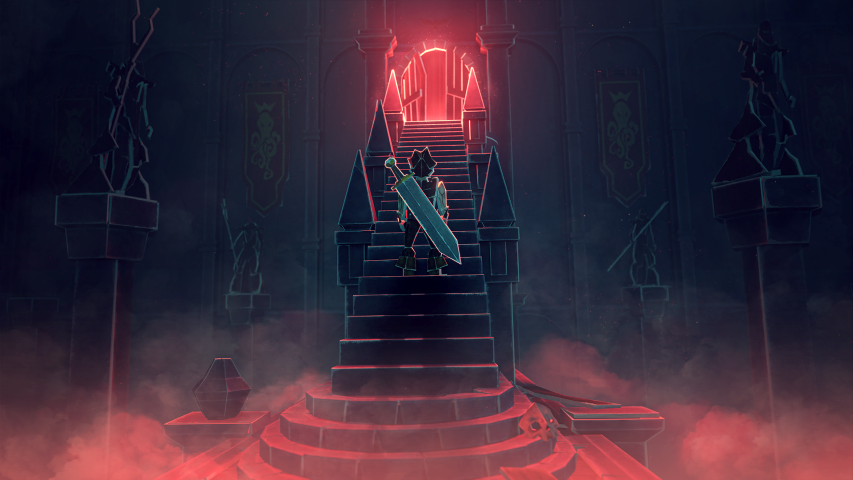
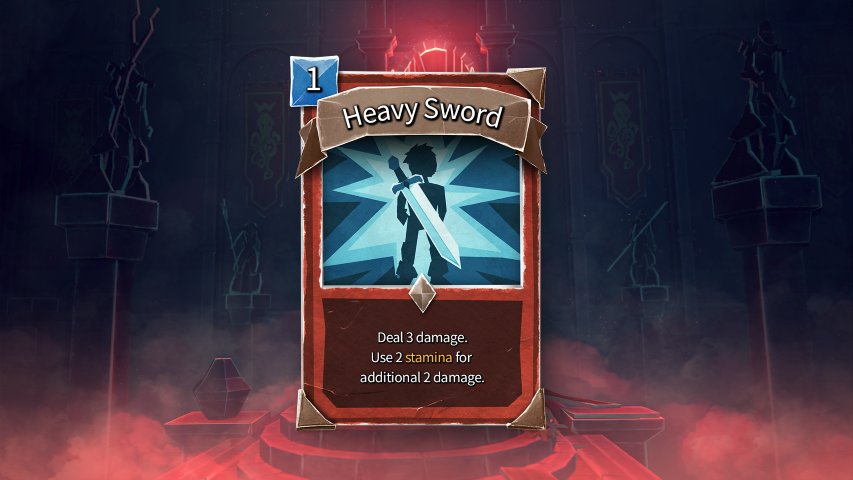
THE CAVE
Last, but not least, we finally implemented the Cave location. We had the art ready for some time, but there always was something more important taking priority. You probably can imagine who dwells in this cozy, tribal area. 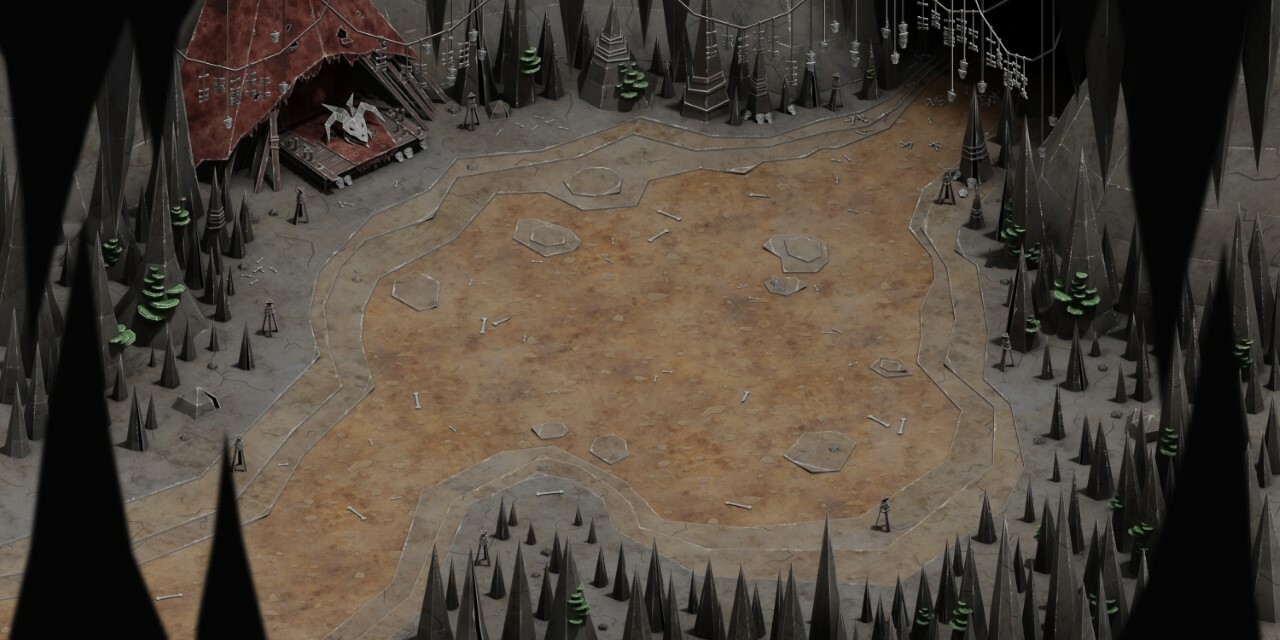
As always,
Stay safe in the paper dungeons!
Filip




